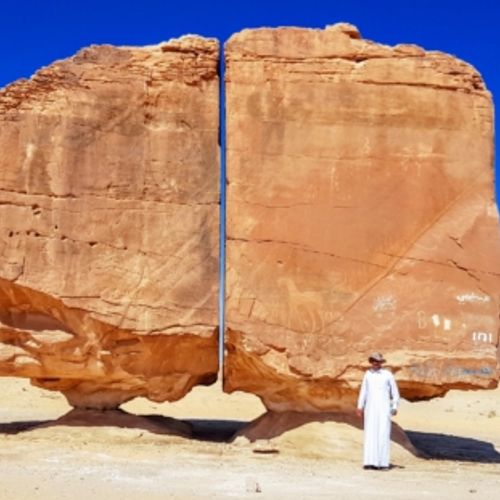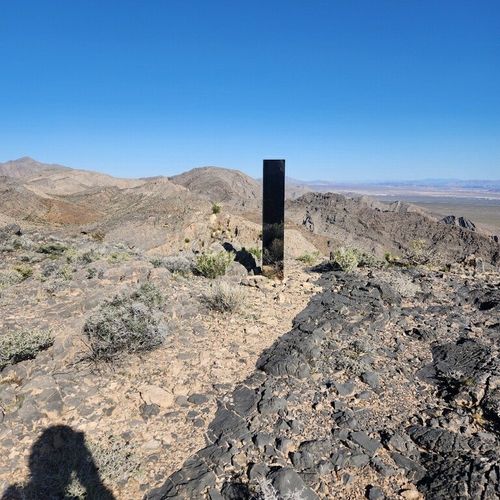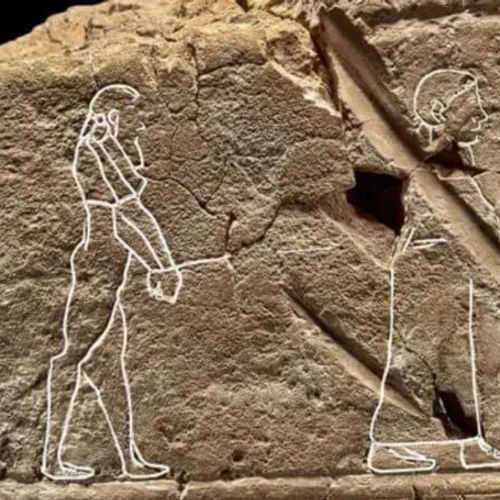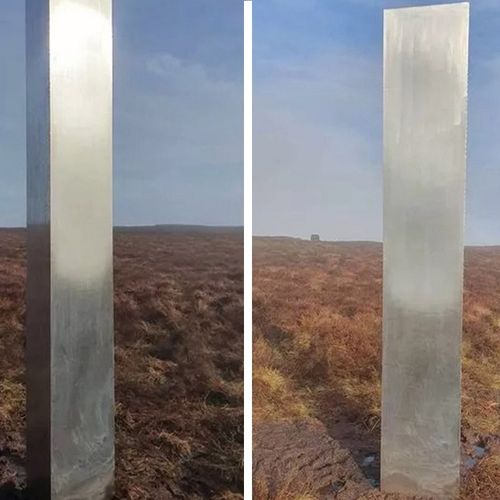
| Added | Mon, 28/03/2022 |
| Источники | |
| Дата публикации | Sun, 27/03/2022
|
| Версии |
The rocks of Al-Naslaa, 6 meters high, stand on two natural pedestals, which makes it seem that the stones almost float in the air in perfect balance with each other.
Found in the oasis of Taima, Saudi Arabia, the formation is a petroglyph, perhaps one of the most photogenic in the world. Petroglyphs are images made by carving or engraving on the surface of a rock. Mountain goats, horses and human figures can be distinguished on the breed.
There are several theories about why the rock split clearly in the middle.
So, the stone is on the fault line, and when the ground moved under the stone, it split in half in a weak spot. The crack could then become something like a wind tunnel for sand gusts sweeping across the landscape. Because the grains of sand had been passing through the gap for thousands of years, they could effectively sand away the uneven crack and create a perfectly smooth surface.
Another theory is that the crack could have been caused by weathering from freezing and thawing, when in ancient times water got into a small cavity in the joined sandstone rocks.
Being sandstone, the Al-Naslaa rock is not very strong, which makes it a candidate for weathering, but also for human intervention. Simple metal tools could cut the stone in the center, but what could make a person take on the difficult task of cutting the stone in half?
Perhaps ancient civilizations created a kind of rock sculpture as a landmark, a place of religious significance or an early example of art.
Новости со схожими версиями
Log in or register to post comments









